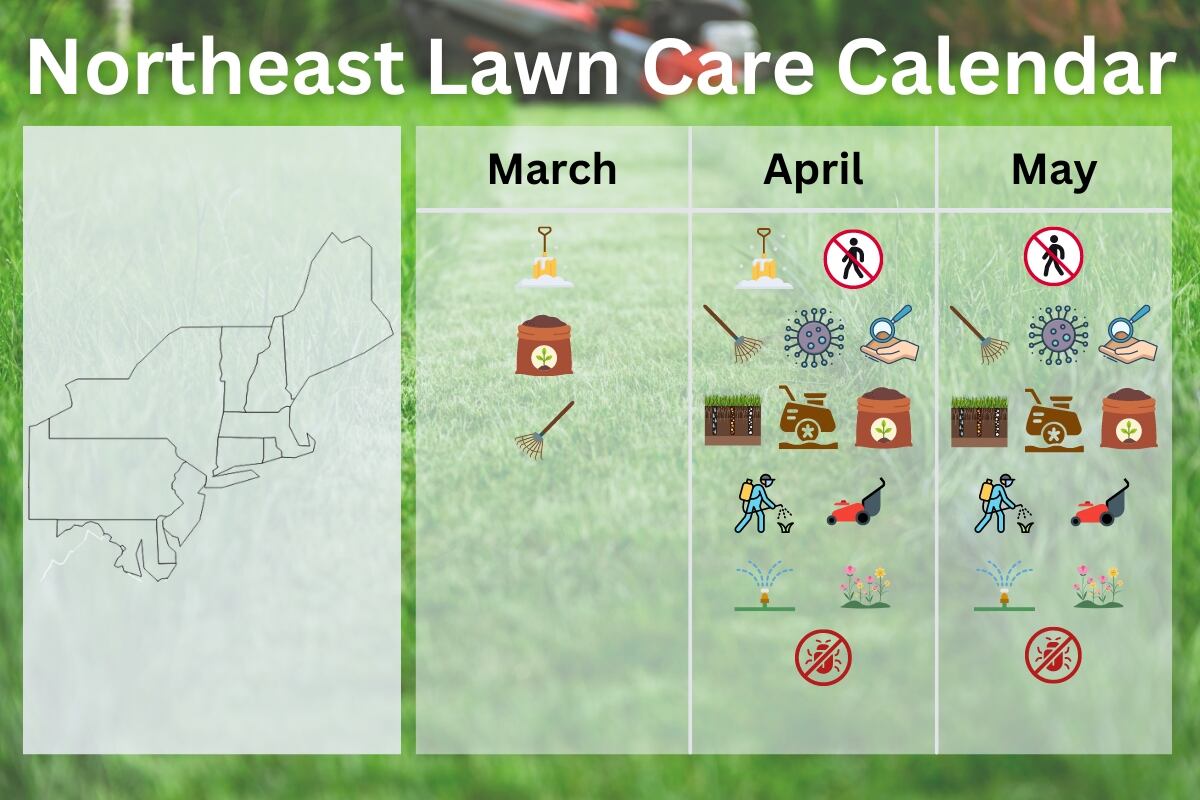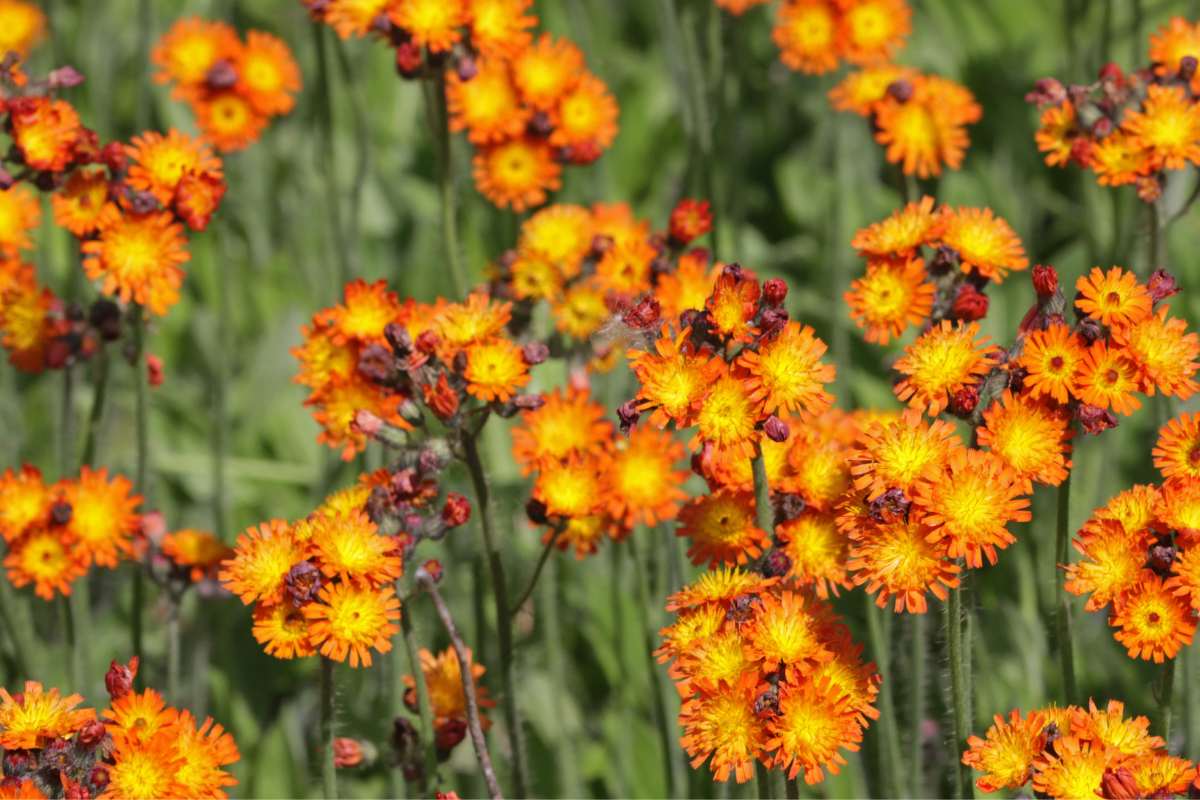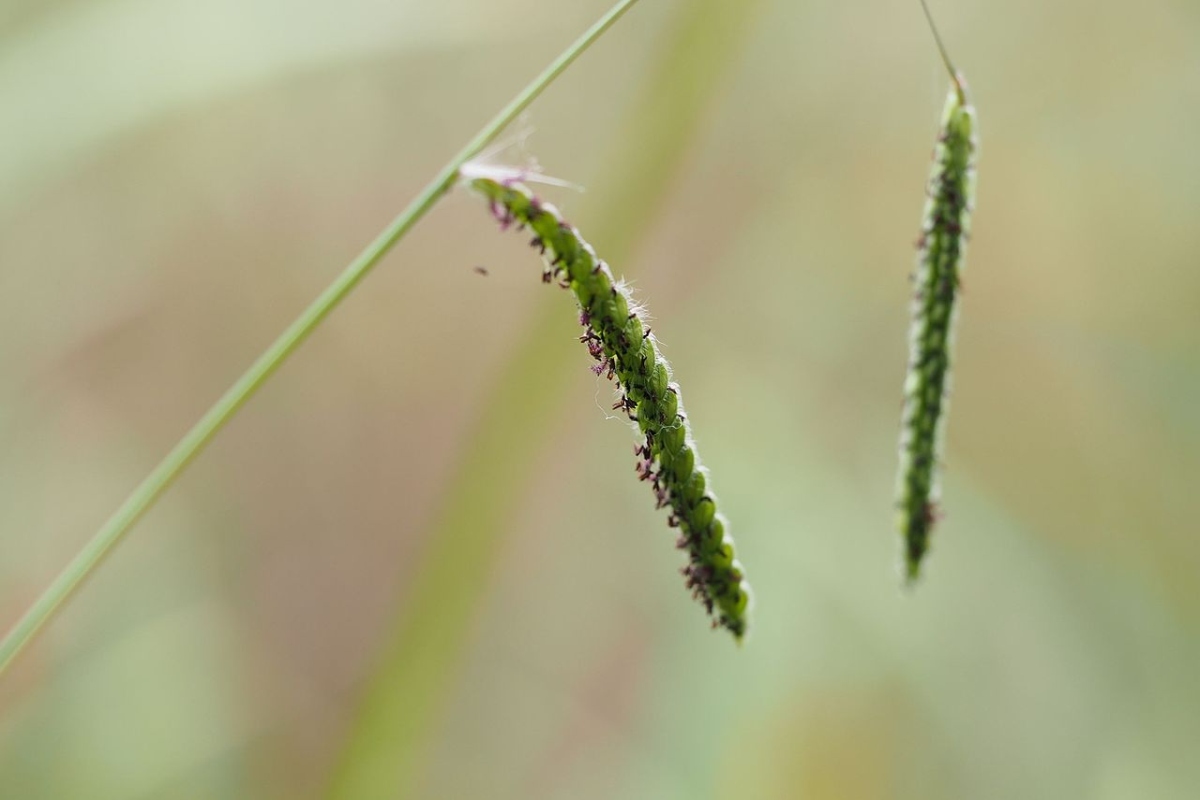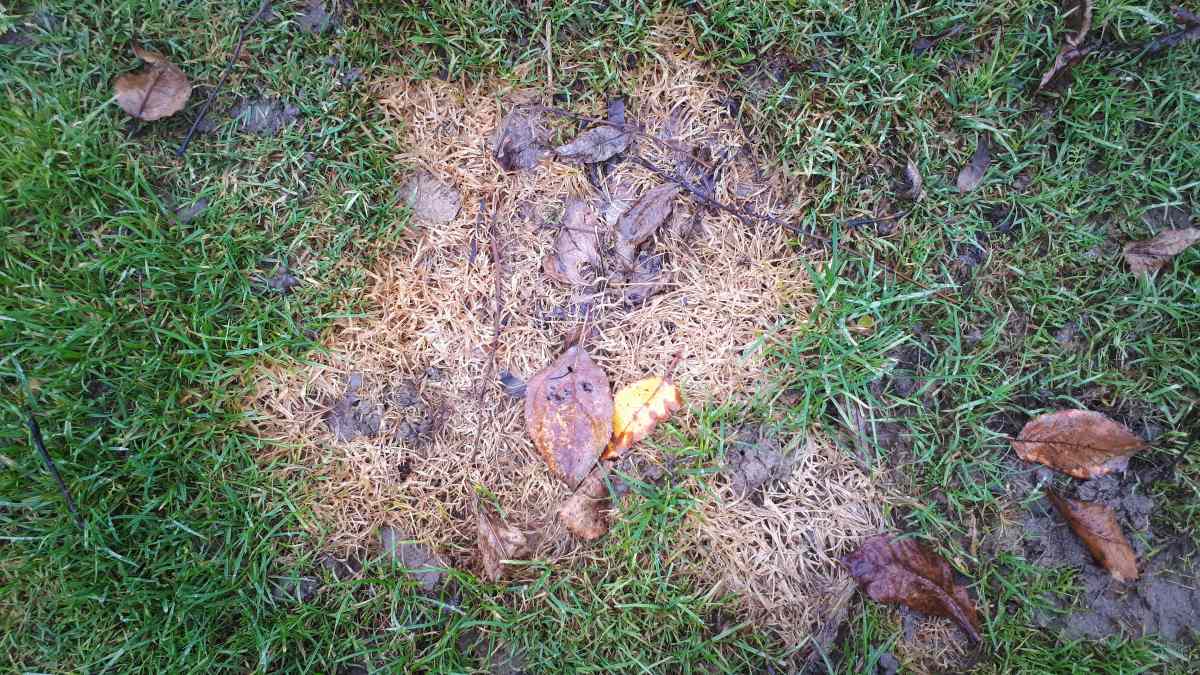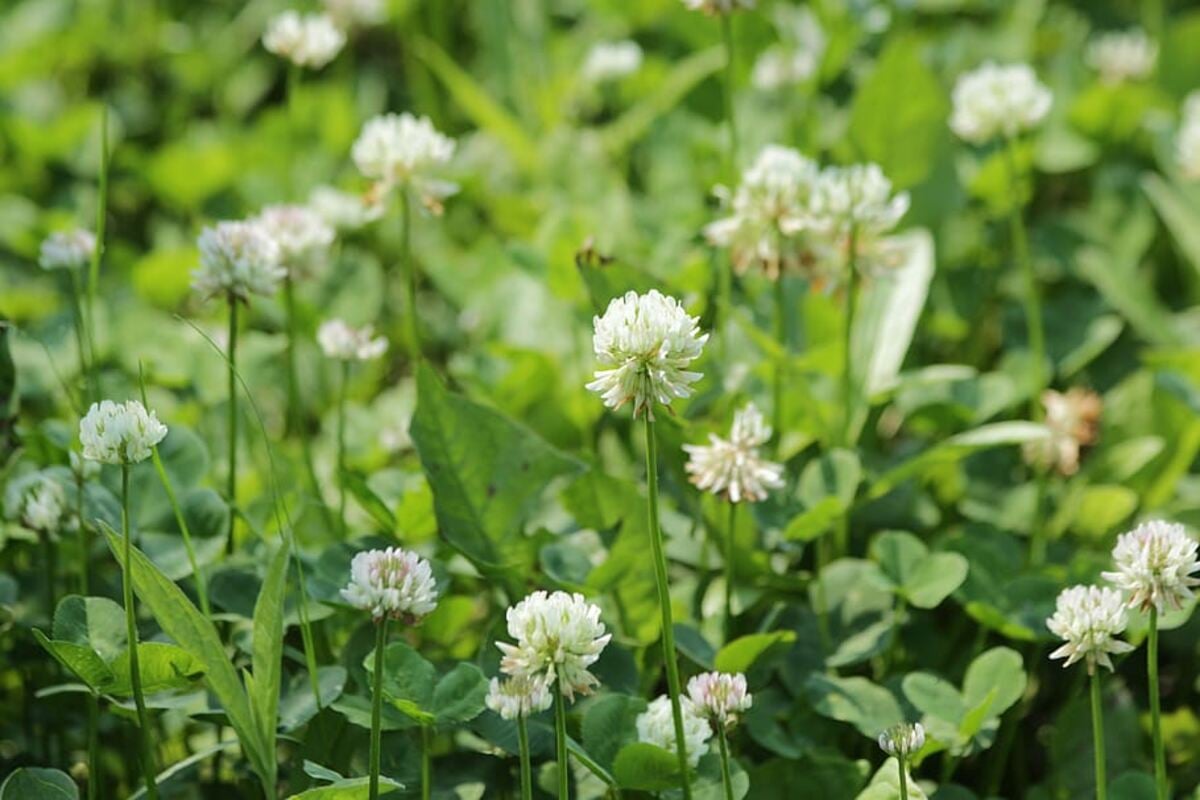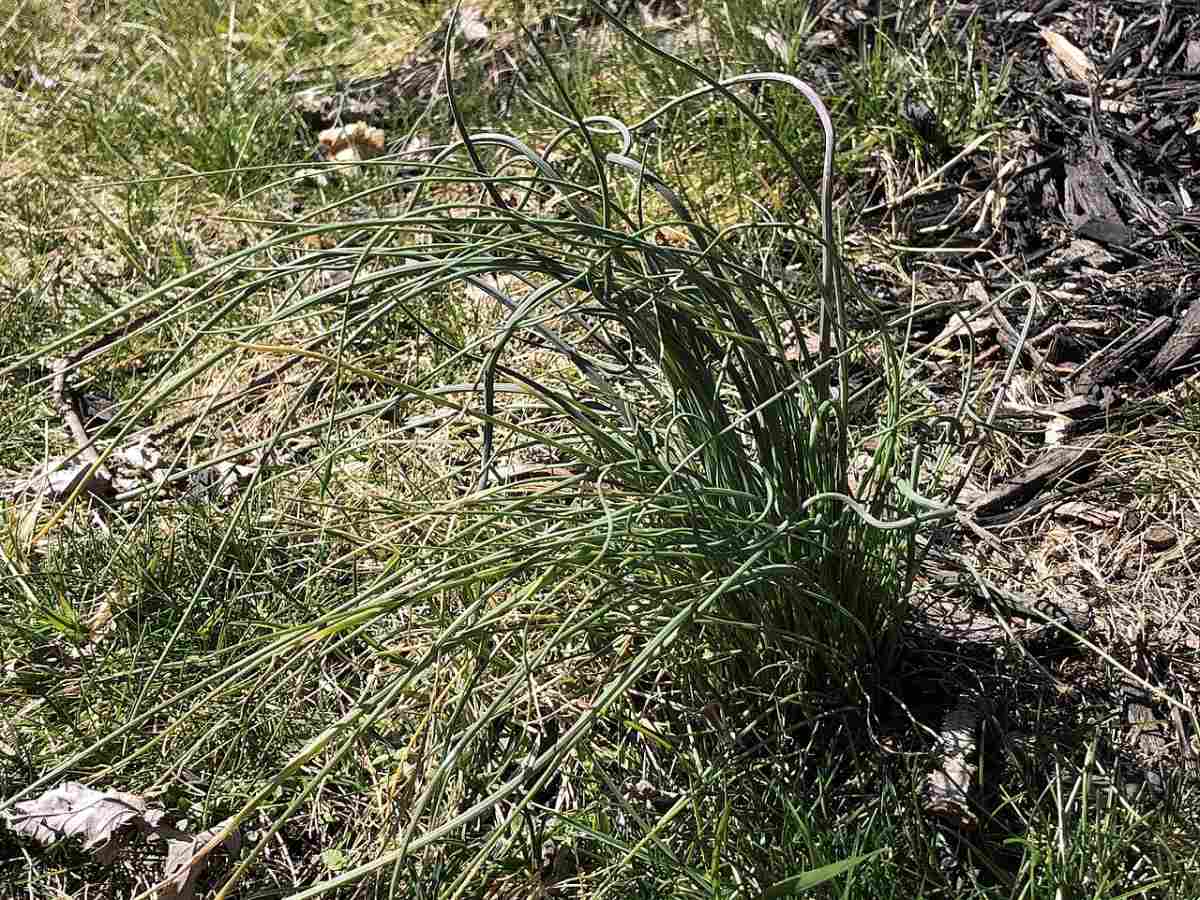
If you’ve just mowed your grass and notice a tear coming to your eye, it may not just be tears of joy from your beautiful lawn. You might have a perennial weed called onion grass. But what is onion grass, and how do you identify it?
In short, onion grass, also called wild garlic, is a weed. An aggressive and invasive weed, at that. This plant is one that you most certainly don’t want in your yard if you’re trying to keep a lush carpet of grass. Thankfully, there are ways you can both keep it out and remove it when it creeps its way in.
Read below to learn more about onion grass and how to protect your lawn from it.
How to Identify Onion Grass
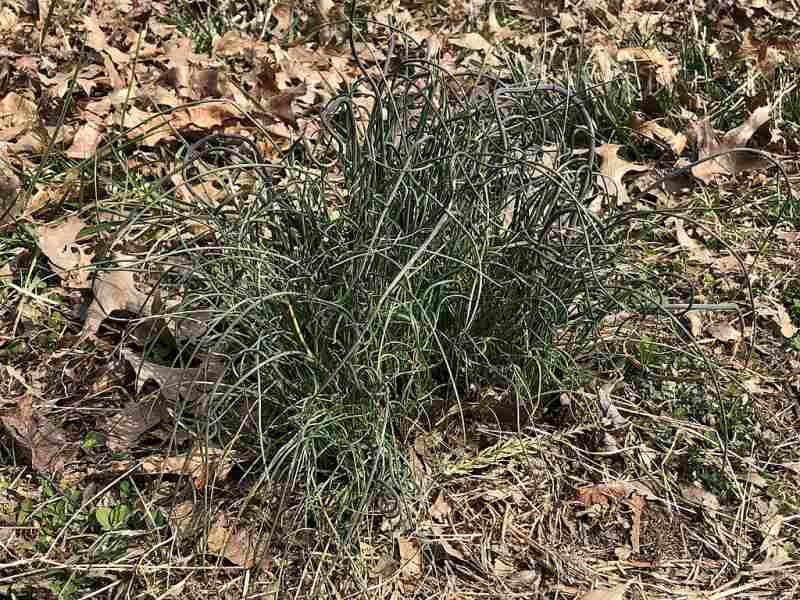
Identifying onion grass can be a bit tricky if you’re not sure what to look for. Thankfully, once you do, you should be able to spot this weed no problem.
Firstly, onion grass is thicker and sometimes grows taller than most lawn grasses, so look for especially thick or tall patches of grass. Second, you may be able to notice the top of the bulb peeking out from the soil, which is a great help when you’re looking for onion grass.
Another good way to identify onion grass is by its smell. Just as you would think, onion grass has a distinct smell of onions. This smell should be especially noticeable after the plant is cut. After cutting your grass, take a lap around your yard and see if you can smell onions. If you can, there’s likely some onion grass nearby.
Onion grass grows from late fall to early spring, so you’re most likely to see it sprout up then. However, remember that onion grass is a perennial, which means that it grows back every year. In addition, the main part of the plant grows underground, so it’s easy to miss. Both of these combined can make onion grass a very stubborn plant.
For more information on identifying weeds, read this article: Read Your Weeds: Identify Them to Learn About Your Lawn’s Health.
Why Onion Grass is a Problem
Like most weeds, onion grass is an unsightly intruder in your lawn.
Onion Grass is not native to the United States. It originally came from Europe, Africa, and the Middle East and has become an invasive species in the U.S. An ‘invasive species’ is any non-native animal or plant that harms the environment it’s introduced into, usually by outcompeting the local species or killing them outright. In this case, that ‘local species’ is your lawn.
Onion grass will take over patches of grass and can even overtake your entire lawn if left unchecked. This species spreads rapidly once it’s established and can require multiple seasons to get rid of. For the sake of your lawn, remove onion grass as soon as you identify it.
How to Remove and Prevent Onion Grass
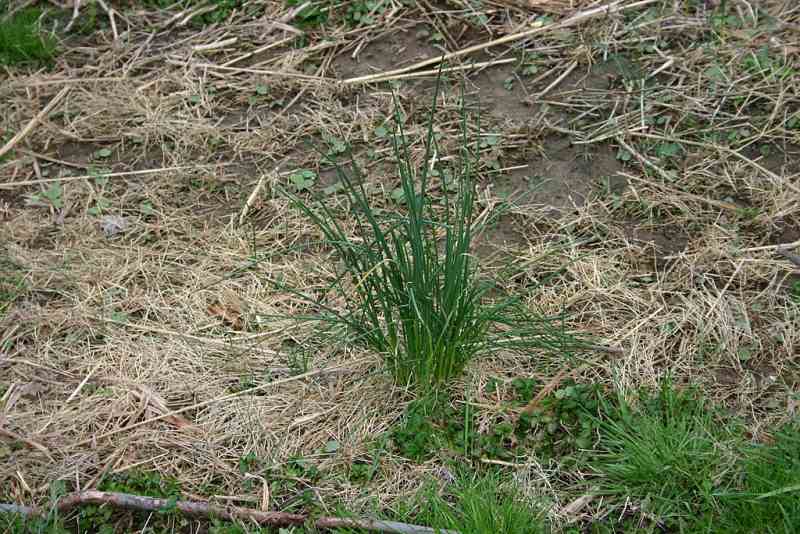
Thankfully, you can stop onion grass from cropping up in your yard as long as you stay vigilant. Monitor your lawn closely and identify and remove onion grass whenever it appears. The best methods are manual removal and herbicides.
You should also prevent onion grass by making your yard inhospitable to it. Here’s a short list of things you can do to discourage onion grass in your yard:
- Maintain Your Lawn: A healthy lawn makes for a bad growing environment for weeds like onion grass. Keep your lawn in good shape so that it’s strong enough to outcompete onion grass.
- Keep Thick Grass: Onion grass doesn’t grow well in thick grass. If you have a thick lawn, it will have an easier time repelling onion grass.
- Raise Your Soil pH: Onion grass prefers acidic soil. Keep the pH at a neutral or basic level to create an inhospitable environment for onion grass.
- Aerate Your Soil: Onion grass grows well in heavy, compacted soil. Aerating your soil on a regular basis will help prevent onion grass from growing. Read this guide to learn about What to Do After Aerating Your Lawn.
- Add Compost: Lastly, adding compost and topsoil to your lawn will help prevent onion grass. Onion grass prefers soil with a low nutrient count, so adding nutrients will help prevent it from growing.
Where Does Onion Grass Come From?
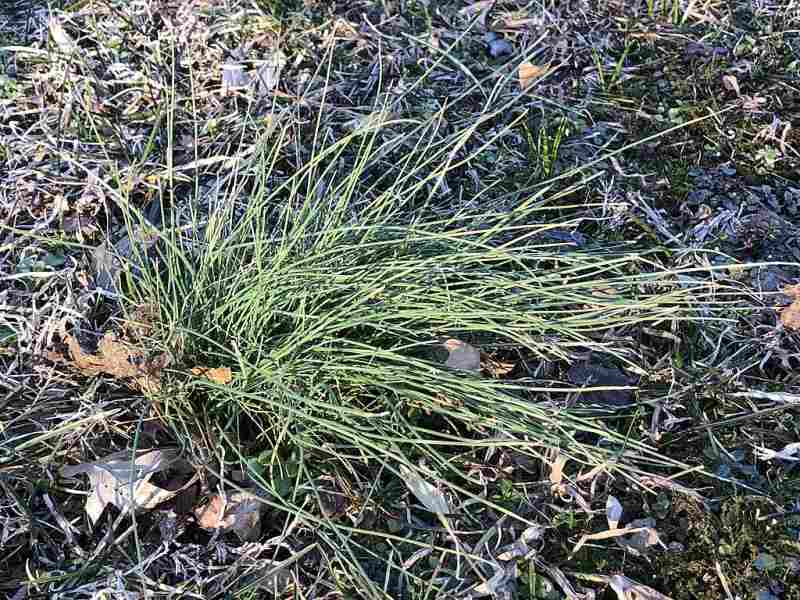
If you have onion grass cropping up in your yard, you may be wondering where it came from. Weeds can come from almost anywhere. Onion grass in particular can lie in wait for quite some time. Their underground bulbs can go dormant for up to six years, so it could have been there for ages and you just never knew.
Of course, every plant needs to spread somehow, and onion grass is no different. Here’s a couple of ways onion grass can spread to your lawn:
Spreading Through Birds
A common way that weeds like onion grass spread is through birds. Birds eat plants’ seeds, then leave droppings with those seeds just about everywhere, including your lawn. Feathered friends like sparrows and robins may be a welcome sight in a suburban landscape, but they unfortunately can also spread weeds.
Spreading From Other Lawns
Alternatively, if your neighbor has onion grass in their lawn, it can spread to yours if it goes unaddressed.
This usually requires the onion grass to be present for a long time and, depending on where in the other lawn it started, to overtake quite a bit of the initial lawn, so it’s rather unlikely that it will go unnoticed for such a long period of time. However, it’s not impossible.
FAQ About Onion Grass
Is onion grass related to onions?
Sort of. Onions and onion grass are both members of the genus Allium. Common onions that we eat and buy in a grocery store are Allium cepa, while onion grass is Allium vineale. Think of them as distant cousins.
Is onion grass edible?
Yes. The leaves, flowers, and bulbs of the onion grass plant are all edible. If you’d like, you can try to grow it in a food garden.
If you pull onion grass out of your yard, though, and want to try chowing down on it, you should reconsider if you treat your lawn with pesticides. Even if onion grass is resistant to them or if you haven’t targeted it with poisons, you still don’t want to roll those dice.
Why does onion grass keep coming back?
If you have a recurring onion grass problem, it’s likely because you’re only removing the surface part of the plant. Just like the veggie they’re named after, onion grass grows bulbs below the ground. That’s what you need to remove in order to get rid of onion grass for good. If it’s still present, the plant will keep coming back every year.
Find Your Lawn Expert
Onion grass might be annoying, but you can keep it out of your lawn if you stay vigilant. When it arrives, get rid of it immediately to protect your grass.
If you need expert help with your grass, contact lawn care professionals near you. They can take care of your yard, mow the turf, and protect your lawn from invasive weeds.
Main Photo Credit: Famartin / Wikimedia Commons / CC BY-SA 4.0
